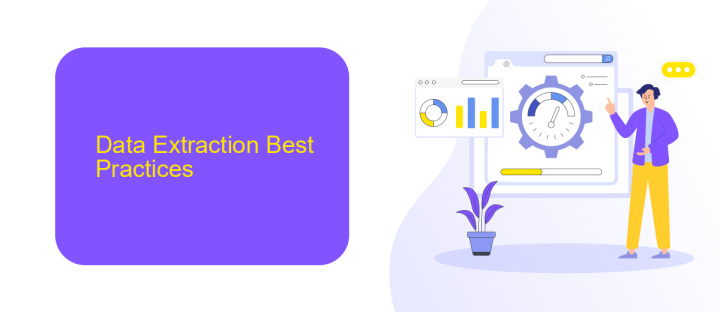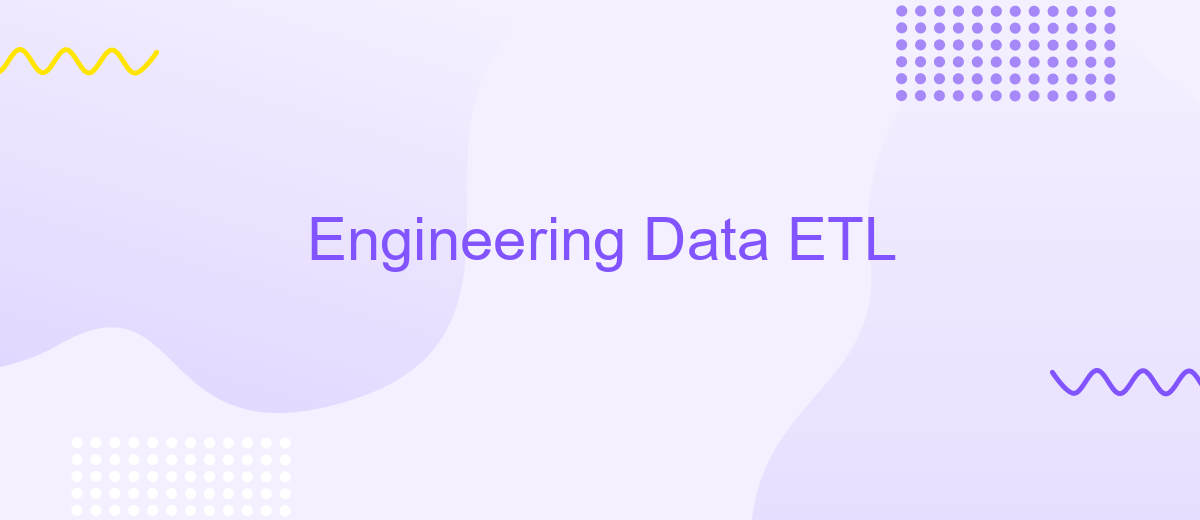Engineering Data ETL
Engineering Data Extract, Transform, Load (ETL) processes are crucial for managing and utilizing vast amounts of engineering data effectively. These processes enable the extraction of raw data from various sources, its transformation into a usable format, and its loading into a target database or system. This article explores the importance, challenges, and best practices of implementing ETL in engineering data management.
Introduction
Engineering Data ETL (Extract, Transform, Load) is a critical process in modern data management, enabling organizations to efficiently handle and utilize large volumes of data. This process involves extracting data from various sources, transforming it into a suitable format, and loading it into a target system for analysis and decision-making. Efficient ETL processes can significantly enhance data quality and accessibility, driving better business outcomes.
- Extract: Gathering data from multiple sources such as databases, APIs, and flat files.
- Transform: Converting the extracted data into a consistent format, which may involve cleaning, filtering, and aggregating data.
- Load: Importing the transformed data into a target system, such as a data warehouse or data lake.
Tools like ApiX-Drive can simplify the integration and automation of ETL processes. ApiX-Drive allows seamless connections between various data sources and targets, reducing the need for manual intervention and minimizing errors. By leveraging such tools, organizations can streamline their data workflows, ensuring timely and accurate data availability for critical business insights.
Data Extraction Best Practices

Effective data extraction is crucial for any ETL process. One of the best practices is to ensure data quality at the source. This involves validating data to avoid inconsistencies and errors that can propagate through the system. Regular audits and data profiling can help in identifying and rectifying issues early in the extraction phase. Additionally, it's essential to use robust tools and technologies that support seamless data extraction from various sources, ensuring compatibility and scalability.
Another key practice is to automate the data extraction process wherever possible. Automation minimizes human error and increases efficiency. Tools like ApiX-Drive can be invaluable in this regard, as they facilitate seamless integration between different systems and automate data transfers. By using ApiX-Drive, you can set up automated workflows that ensure data is extracted accurately and timely, reducing the need for manual intervention and allowing your team to focus on more strategic tasks.
ETL Patterns and Tools

ETL (Extract, Transform, Load) processes are essential for managing and integrating data from various sources. Different ETL patterns can be employed based on specific business needs and data architectures. Common patterns include batch processing, real-time processing, and micro-batch processing. Each pattern has its unique advantages and is chosen based on factors like data volume, latency requirements, and system complexity.
- Batch Processing: This pattern involves collecting and processing data in large volumes at scheduled intervals. It is suitable for scenarios where real-time data is not critical.
- Real-Time Processing: Data is processed immediately as it arrives, providing up-to-date information. This pattern is crucial for applications requiring instant data insights.
- Micro-Batch Processing: A hybrid approach that processes small batches of data at frequent intervals, balancing between real-time and batch processing.
Several tools and services facilitate the implementation of ETL processes. ApiX-Drive, for example, offers a robust platform for setting up integrations and automating data workflows without requiring extensive coding knowledge. By leveraging such tools, businesses can streamline their data management practices, ensuring efficient and reliable ETL operations.
Data Quality and Validation

Ensuring data quality and validation is a critical component in the ETL process. Without proper data quality measures, the extracted, transformed, and loaded data may lead to inaccurate insights and poor decision-making. Validation steps are necessary to maintain the integrity and reliability of the data throughout the ETL pipeline.
Data quality involves several dimensions, including accuracy, completeness, consistency, and timeliness. Each of these dimensions must be monitored and maintained to ensure that the data is fit for its intended use. Implementing robust validation checks during the ETL process helps identify and rectify any anomalies or errors in the data.
- Accuracy: Ensure that the data correctly represents the real-world entities it is supposed to model.
- Completeness: Verify that all required data is present and accounted for.
- Consistency: Maintain uniformity across different datasets and sources.
- Timeliness: Ensure that the data is up-to-date and available when needed.
Tools like ApiX-Drive can facilitate the integration and validation processes by automating data transfers between various systems and ensuring data quality at each step. By utilizing such services, organizations can streamline their ETL workflows and maintain high standards of data quality.
Advanced ETL Techniques
Advanced ETL techniques leverage sophisticated methods to handle complex data transformations and integrations. One such technique is incremental data extraction, which updates only the modified data instead of reprocessing the entire dataset. This approach significantly reduces the load on the system and enhances performance. Data validation and cleansing are also crucial, ensuring that the data meets specific quality standards before it is loaded into the target system. Implementing machine learning algorithms can further optimize ETL processes by predicting and correcting data anomalies in real-time.
Integrating various data sources seamlessly is another critical aspect of advanced ETL. Tools like ApiX-Drive facilitate the automation of data workflows by connecting multiple applications and services without requiring extensive coding knowledge. ApiX-Drive supports a wide range of integrations, enabling users to streamline data transfer processes and maintain data consistency across platforms. By utilizing such services, organizations can achieve more efficient and reliable ETL operations, ultimately leading to better data-driven decision-making.
FAQ
What is ETL in the context of engineering data?
Why is ETL important for engineering data?
What are common challenges in engineering data ETL?
How can automation help in the ETL process for engineering data?
What should be considered when choosing an ETL tool for engineering data?
Do you want to achieve your goals in business, career and life faster and better? Do it with ApiX-Drive – a tool that will remove a significant part of the routine from workflows and free up additional time to achieve your goals. Test the capabilities of Apix-Drive for free – see for yourself the effectiveness of the tool.

